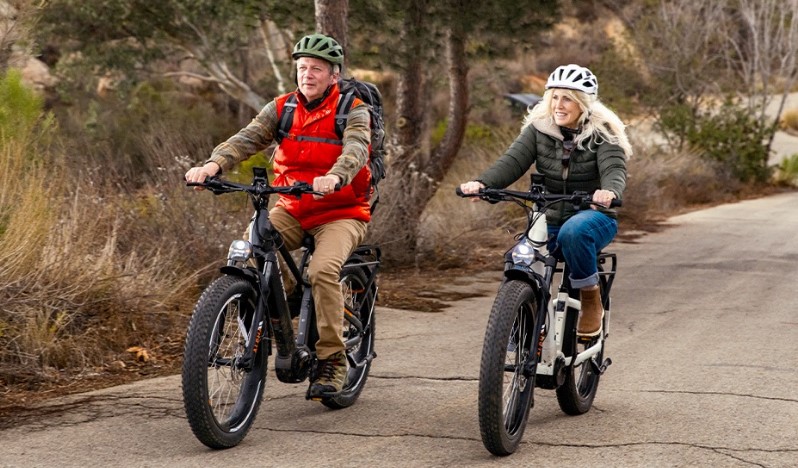If you’ve ever considered riding your e-bike beyond the usual weekend trails or commutes, you’ve probably asked yourself: Can this thing actually handle a long route?
Maybe you’re thinking about a multi-day bikepacking trip. Or maybe you just want to know if you can rely on an e-bike to get to work and back—every day, without drama.
It’s a fair question. Long-distance riding puts any bike to the test, and when you add motors, batteries, and electronics into the mix, there’s more riding on the line—literally.
But the short answer? Yes, e-bikes can be reliable for long travel routes. The longer answer is a bit more nuanced, and worth unpacking.
E-Bikes Are Changing What “Long Ride” Even Means
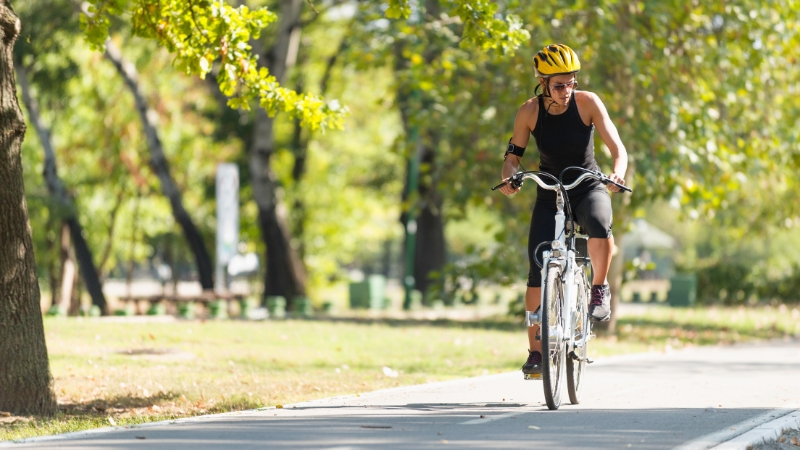
We’re not just talking about commuting to the office across town. Long travel routes now include:
E-bikes have made all of those feel more doable for a wider range of riders. That includes older cyclists, people with joint or stamina issues, folks hauling cargo or kids, and honestly—just people who’d rather not sweat buckets getting up a hill.
What Actually Makes an E-Bike Reliable for Long Routes?
Let’s not sugarcoat it: not every Ebike is cut out for distance. It comes down to six core areas—some mechanical, some practical.
1. Battery Life and Range
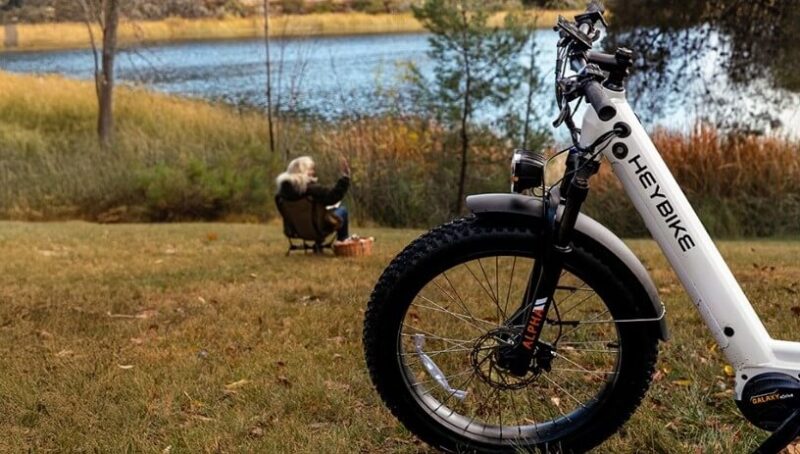
If your battery quits 15 miles from the nearest charger, that’s not a reliable ride. Range is the cornerstone of long-distance capability.
- Optibike R22 Everest is the range king, hitting up to 300 miles—ideal for ultra-distance touring.
- Lectric XPedition 2.0, with its dual-battery setup, gets up to 150 miles and is great for commuters and weekend warriors alike.
- Aventon Level 3? It’s rated for 70 miles, but real-world numbers often float around 30–40 miles, especially if you’re riding at higher assistance levels.
How do you stretch your range?
- Ride in lower-assist modes when you can
- Plan your route around charging stations (some parks, cafes, and gas stations offer outlets)
- Carry a spare battery if your model allows for it (the MacFox High-End does this really well)
2. Motor Power and Torque
Power isn’t just for speed—it’s about performance under pressure. Think hills, headwinds, or rough terrain. A weak motor will drain faster and struggle more.
- Look for motors with 750W or higher output and at least 60 N.m of torque
- The MacFox High-End offers 80 N.m, making it great for climbs and uneven roads
- Class 1 and 2 e-bikes (limited to 20–28 mph) balance efficiency and legal street use nicely
If you’re carrying gear or riding with a heavier load, power becomes even more crucial. Underpowered bikes burn through batteries trying to keep up.
3. Build Quality and Component Durability
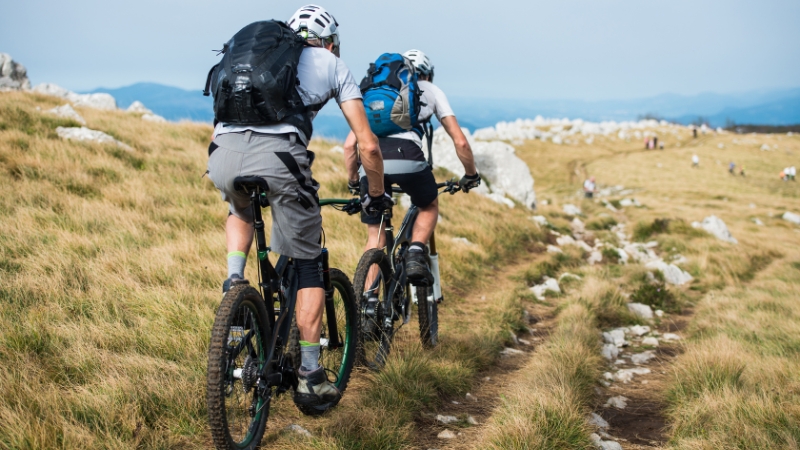
- Frame strength: Aluminum or reinforced steel frames are best for long-term durability.
- Tires: Go for puncture-resistant or all-terrain tires for distance.
- Brakes: Hydraulic disc brakes (like those on the Lectric XPedition 2.0) provide better stopping power under load or in bad weather.
The Specialized Turbo Levo Comp Alloy, built for mountain riding, is a great example of a bike that’s overbuilt in all the right ways—making it ideal for challenging, long-distance terrain.
4. Terrain and Conditions
Your route’s not just about how far—it’s about where. Hills, trails, wind, and even temperature affect how your e-bike performs.
If your ride includes trail sections, something like the Specialized Turbo Levo with suspension and trail-focused design will pay off. For mostly paved commutes? The Specialized Turbo Como offers a more upright, comfortable ride while still delivering solid range (about 90 miles on paper, though again, real-world numbers may vary).
5. Weight—Yours and the Bike’s
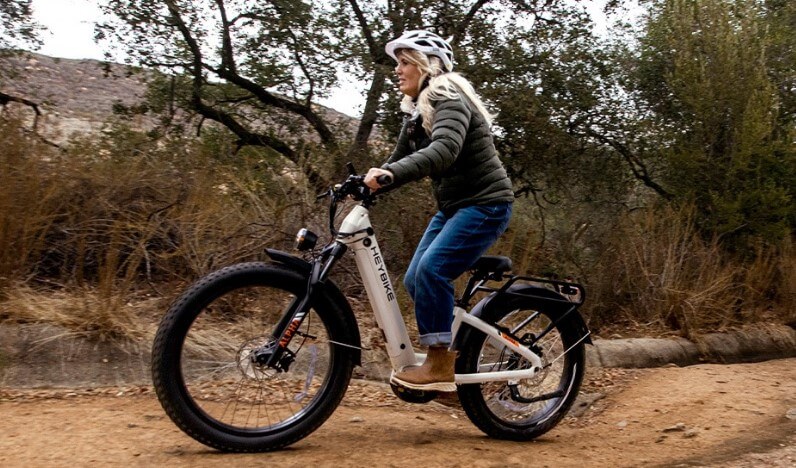
Battery drain is partly tied to how much effort your bike has to exert. A heavier rider or extra cargo? That means more strain on the motor and faster battery consumption.
Some bikes compensate by using smart sensors. Its onboard gyroscope adjusts torque output based on incline and weight—helpful on rolling terrain.
6. Comfort and Safety for the Long Haul
After mile 30, a bad saddle or awkward posture isn’t just annoying—it can end your trip.
Things that actually matter for long routes:
- Suspension forks: Smooth out bumps (found on Aventon Level 3 and Lectric models)
- Ergonomic grips and saddles: Reduce numbness and strain
- Integrated lighting and turn signals: Crucial for visibility on public roads (Aventon Level 3 has both)
- Fenders and racks: If you’re riding in wet weather or hauling gear, these aren’t luxuries—they’re must-haves
Top E-Bikes That Are Actually Built for Distance
Here’s a quick look at some top performers if you’re hunting for long-haul reliability:
E-Bike Model
Realistic Range
Notable Specs
Optibike R22 Everest
~300 miles
Massive range, rugged build, top-tier motor
Lectric XPedition 2.0
~70–150 miles
Dual battery, great braking, utility-focused
DŌST Kope CVT
~100–120 miles
750W motor, dual battery, CVT transmission for hills
Specialized Turbo Como
~60–90 miles
Urban-focused, smooth ride, comfortable geometry
MacFox High-End
~70 miles per battery
High torque, off-road friendly, dual-battery capable
Aventon Level 3
~30–40 miles
Built-in signals, suspension, ideal for city commutes
Tips That Make or Break Your Long E-Bike Trip
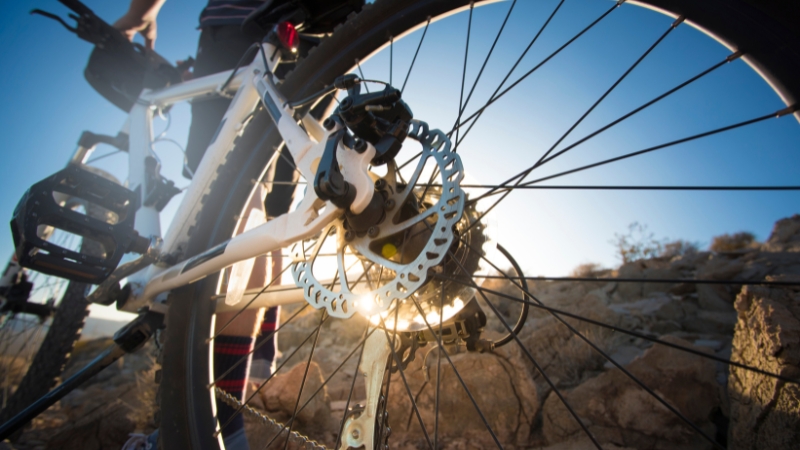
Whether it’s your first 50-mile day or your fifth cross-country tour, the prep work counts just as much as the bike. Here’s how to make it smoother:
Plan Smart
- Use apps like Komoot or Ride with GPS to map low-elevation routes
- Check for charging spots or rest stops before you commit to a route
- Download offline maps just in case
Mind the Battery
- Charge fully before leaving—even for a short trip
- Use your display or app to monitor live battery stats
- Carry an extra charger or a spare battery if you’re not looping back
Maintain Often
- Check tire pressure before every ride
- Clean your drivetrain regularly—especially after trail riding
- Brake pads, gear tuning, chain wear: schedule monthly checkups if you’re putting in serious mileage
Pack Like a Pro
For single-day rides:
- Water, snacks, phone, charger, basic tools
For overnight or multi-day rides:
- Compact tent or bivy
- Power bank or solar charger
- Layers for temperature shifts
- Chain lube, patch kit, multitool, zip ties
Even minimalist riders should carry at least a mini-pump, patch kit, and some form of ID.
So, Are E-Bikes Reliable for Long Travel?
They can be. They are—if you match the bike to your style of travel, prep properly, and keep up basic maintenance.
Long-distance e-biking isn’t about having the fanciest motor or the longest-range battery. It’s about building a setup that’s consistent, predictable, and comfortable to ride mile after mile.
That same mindset applies if you’re figuring out how to visit Europe on a budget—keep your plan tight, your gear simple, and your priorities clear.
So, whether you’re plotting out your first 50-mile ride or gearing up for an electric tour across state lines—yeah, your e-bike can absolutely go the distance. Just make sure it’s the right one, and that you’ve got a good plan behind those handlebars.
I’m Annabel, and traveling has always been my passion. My idea of fun? A lot of biking and hiking. From the Himalayas to the local hills, if there’s a path (or not), I’ve probably been there or it’s on my list.

